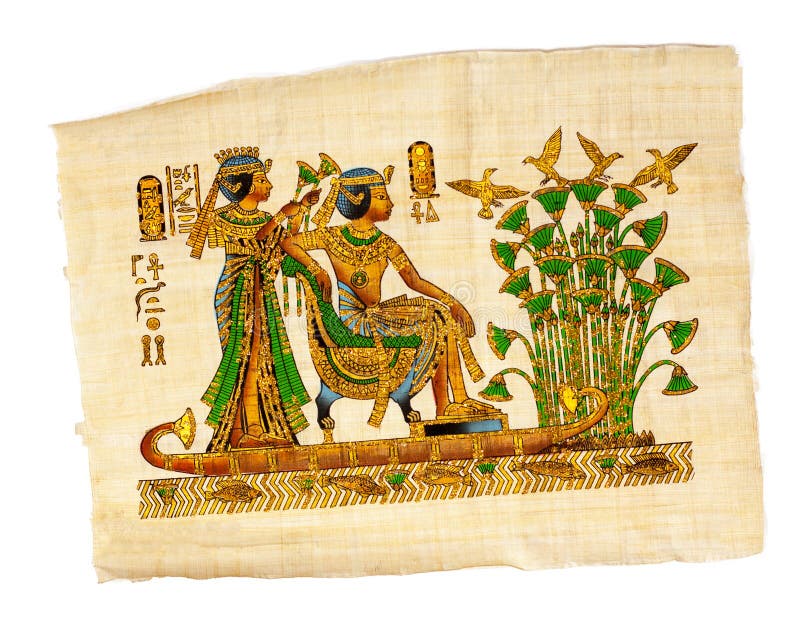

©Alice Galanteīut come noon, the flower closes into a bud and sinks back into the water, only to repeat the process the next day. At the first rays of sun, the flower of the blue lotus opens up revealing its brilliant yellow calyx, surrounded by petals of beautiful gradients of blue, with a pleasing scent of the blossom matching its attractive appearance. When open, the flower has a strong scent and it is visually captivating both as a bud, and when fully blown or separated into lancet-shaped petals. The blue lotus ( Nymphaea caerulea Savigny) was the most popular flower in ancient Egypt. Nonetheless, lotus and papyrus kept their primary position as floral decorations, decorative elements, and symbolic plants.įlowers in ancient Egyptian floral arrangements Lotus flower adorning an unguent cone and a small collar used as a hair ornament (TT113). These simple floral offerings gave rise to much more elaborate formal bouquets during the New Kingdom, characterized by the great development of the floral wares. Papyrus stalks entwined with lotus flowers were also frequently depicted, as they symbolized the unification of the two parts of the country. In the Old Kingdom, a single flower or simple bunches of blue and white lotus or papyrus stems were common in offering scenes.

Men and women were frequently shown carrying lotus flower in their hands, often holding it to the nose to breathe in the ‘divine perfume’. The emblems of Upper and Lower Egypt – lotus and papyrus – were the most important and most frequently represented in ancient Egyptian art. Seven lotus-vases nesting in a shallow bowl on a table. Flowers were an important part of daily life, and products of ancient Egyptian florists were indispensable during festive and religious occasions.

Colorful spectacles of flowers were also enjoyed in the gardens. Sweet-smelling flowers in vases and flower bowls decorated their houses, and large lotus flowers were used for dining tables. Lisht, Middle Kingdom.įlowers were always to be found in Egyptian homes. Flowers were common motif in art, but bouquets were also used as a decorative element by ancient Egyptian artists. Exotic plants and trees were also appreciated and Ramses III, as told in Papyrus Harris, designed a ‘sacred way, splendid with flowers from all countries’. Sṯj-šʒ (literally ‘garden scent’), as they called them, were used for floral decorations and their fragrant blooms for crafting perfumed ointments. The beauty of flowers fascinated ancient Egyptians, which was all the more emphasized by the sacred and symbolic qualities they believed flowers possessed.


 0 kommentar(er)
0 kommentar(er)
